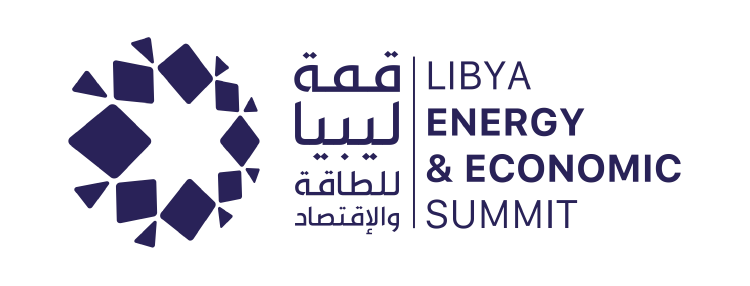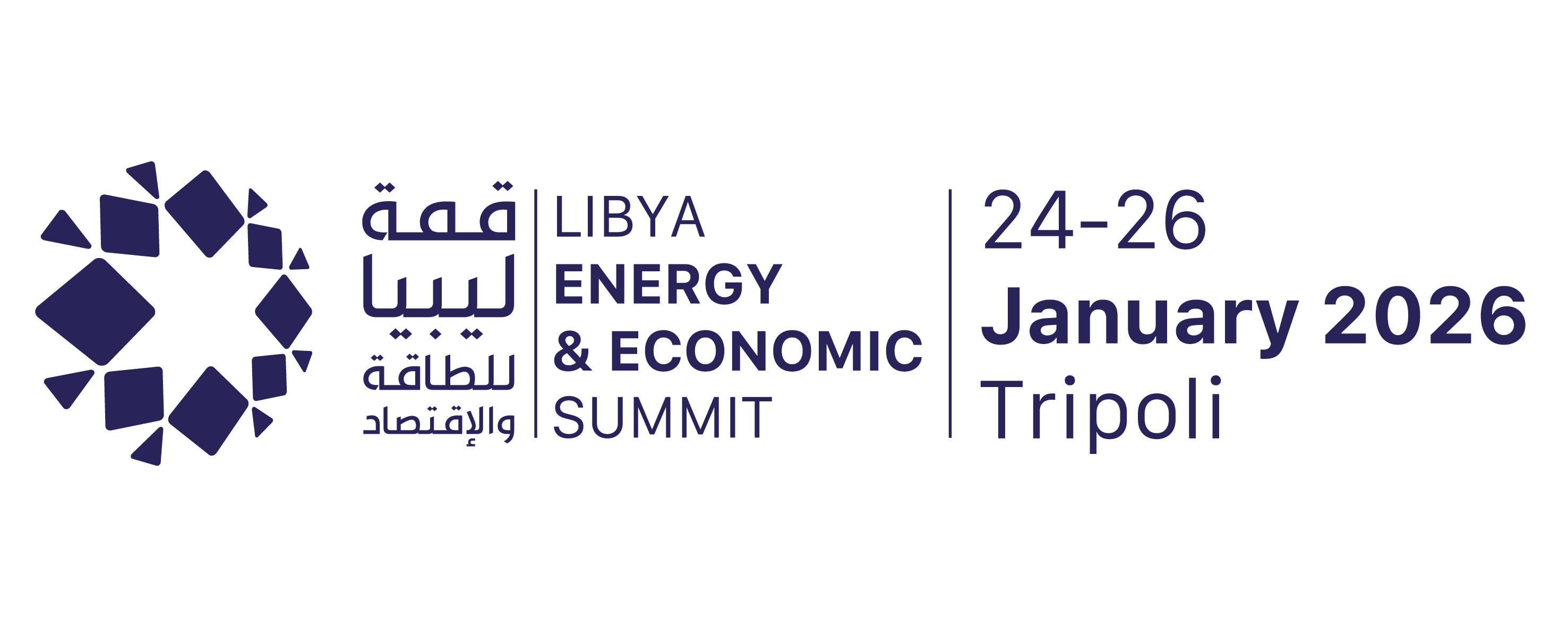Libya Taps Foreign Investment, Reforms to Close $37B Infrastructure Gap
)
Libya faces an annual infrastructure financing gap of $37.2 billion – roughly 85.8% of GDP – needed to modernize its energy, water and transport systems by 2030, according to the African Development Bank. Closing this deficit is crucial not only for economic recovery but also for stabilizing public finances, creating jobs and enabling the country to leverage its natural resources for long-term growth aligned with the African Union’s Agenda 2063.
Unlocking Hydrocarbon Potential
Home to Africa’s largest proven oil reserves, Libya’s hydrocarbon sector is central to the country’s economic revival. Yet aging fields, underdeveloped basins and outdated infrastructure are limiting production. Current estimates suggest $3-4 billion in investment is required to raise output to 1.6 million barrels per day, with a longer-term goal of two million barrels per day within three years.
Investment would target pipelines, storage facilities and refineries such as Zawiya – boosting efficiency, expanding export capacity and generating revenue that can fund broader infrastructure projects. Reliable power and water systems to support oil operations would also strengthen the sector’s resilience. Without this investment, Libya risks leaving its oil potential untapped, missing a critical opportunity to stabilize public finances and secure its position as a regional energy supplier. For international partners, supporting Libya’s oil sector offers both commercial returns and a strategic lever to enhance regional energy security.
Developing Climate-Resilient Energy
Libya’s energy strategy extends beyond hydrocarbons. With 3,200 annual sunshine hours, high solar irradiation and strong wind potential, the country is well-positioned to scale up renewables. Expanding solar and wind projects diversifies the energy mix, reduces operational risks and aligns Libya with global climate commitments.
Several projects are already underway: Libya’s first 1 MW solar plant in Kufra, developed by Infinity with Al-Jouf Free Zone, was commissioned in July 2025. TotalEnergies’ 500 MW Sadada solar project, in collaboration with the General Electricity Company and the Renewable Energy Authority, is expected online by Q4 2025. These initiatives mark the first steps toward achieving Libya’s 4 GW renewable target by 2035, signaling a more resilient and sustainable energy system.
Attracting Investment Through Reform
Recognizing that infrastructure financing cannot rely solely on oil revenues, Libya has introduced reforms to attract and diversify foreign investment. Decree No. 944 permits up to 100% foreign ownership in the oil and gas sector and offers tax incentives, including a five-year holiday and a 10% corporate tax rate. The 2024 Public-Private Partnership law provides a clear legal framework for joint ventures across energy, water and transportation projects.
These reforms are already generating momentum. Italian energy major Eni has committed over €8 billion to Libyan projects, while other global investors are exploring partnerships across hydrocarbons and renewables. By transforming Libya from a high-risk market into a viable investment destination, these measures are accelerating energy infrastructure modernization, economic recovery and integration into regional energy markets.
The Libya Energy & Economic Summit, scheduled for January 24–26, 2026 in Tripoli, will serve as a focal point for these developments. With policy reforms, private capital and renewable initiatives converging, the summit is expected to catalyze further international investment, bridging Libya’s infrastructure gap and unlocking its economic potential. Strategic spending in hydrocarbons, combined with climate-smart energy projects and investor-friendly reforms, could finally realize Libya’s vast economic potential while positioning it as a key regional energy hub.


